More
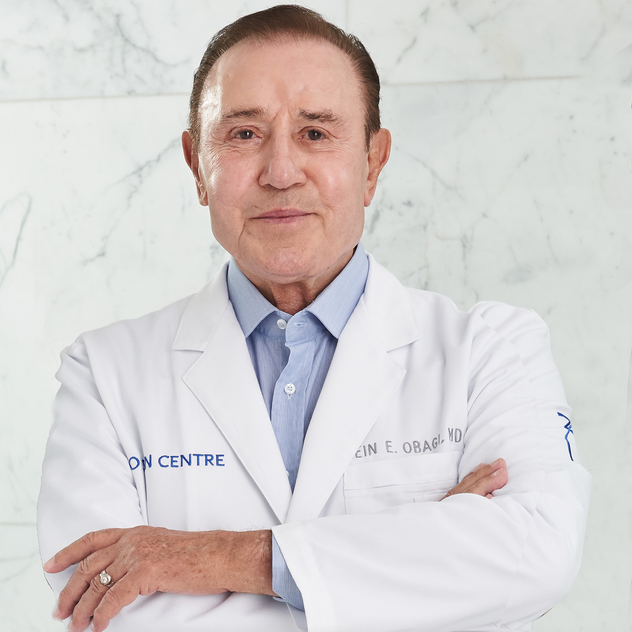
Dr Zein Obagi
Zo Skin Health by Dr Zein Obagi
Zo Skin Health bridges the gap between therapeutic treatments and daily care
Our Vision
We are driven to the number one, physician dispensed skin health company in the world by delivering the most innovative and highly effective products available.
Our Mission
We develop and deliver innovative skincare solutions that optimize skin health based on the latest advances in skin therapy technologies, unique delivery systems, bioengineered complexes and exclusive formulations. By providing comprehensive skincare programs for physicians and their patients, we create a continuum between therapeutic treatments and daily care, allowing patients to experience continuously healthy skin regardless of their age, ethnicity or unique skin condition.
Your gut is your body’s nutritional gatekeeper that selects what to absorb from the
outside world. It selectively chooses to absorb nutrients from your food and rejects the toxins, old hormones, and bad things your body doesn’t want.
ZO Products are extremely powerful, medical grade products only available for purchase by our salon clients.
Innovative Programs.
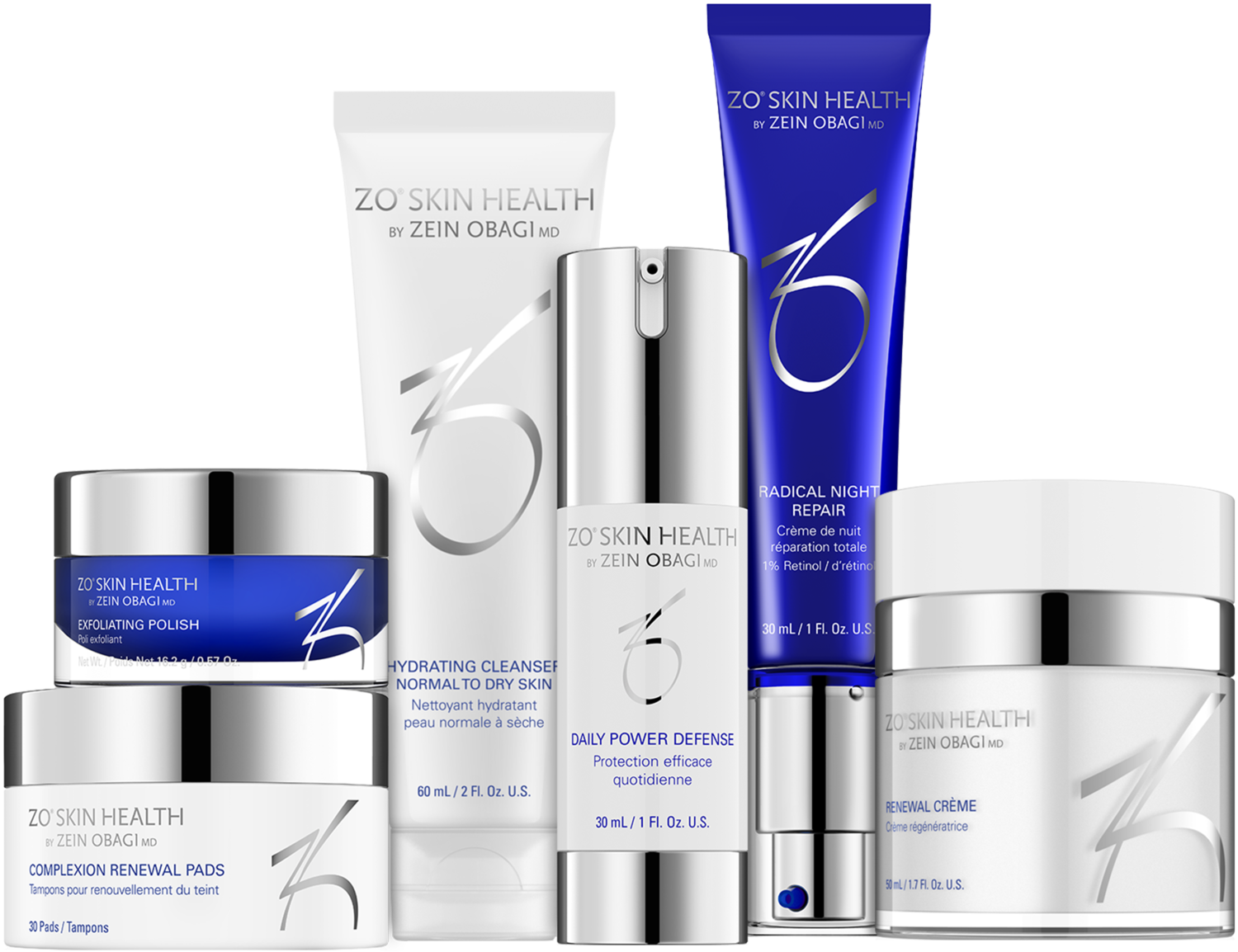
Anti-Ageing.
Deeper lines and wrinkles, hyperpigmentation (age spots, sun damage) and thinning skin with reduced elasticity/firmness all require more aggressive treatment.
The Aggressive Anti-Aging program feature formulas with enzymes, a functional hydrator, and antioxidants containing a high concentration of retinol—a topical ingredient proven to mitigate the effects of both environmental and chronological skin aging.
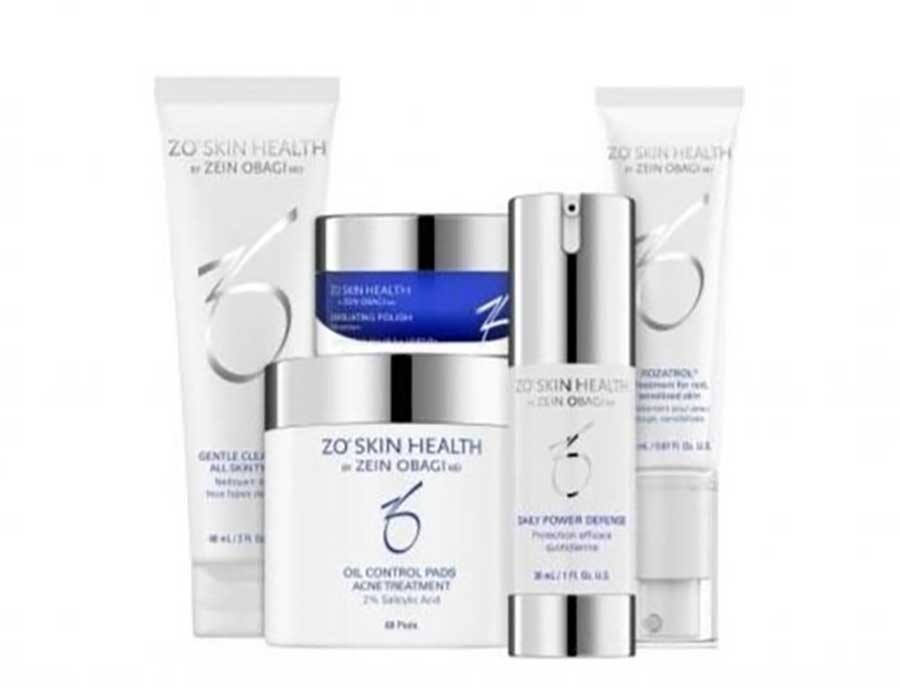
Sensitive Skin.
The ZO®Skin Normalising System is a complete selection of products for red, sensitized skin. This system features Rozatrol®, a multi-modal treatment that helps to relieve the visible symptoms known to be associated with rosacea.
Designed to smooth skin and even skin texture, minimise oiliness, aid in strengthening the skin by keeping skin hydrated and helping to reduce redness.
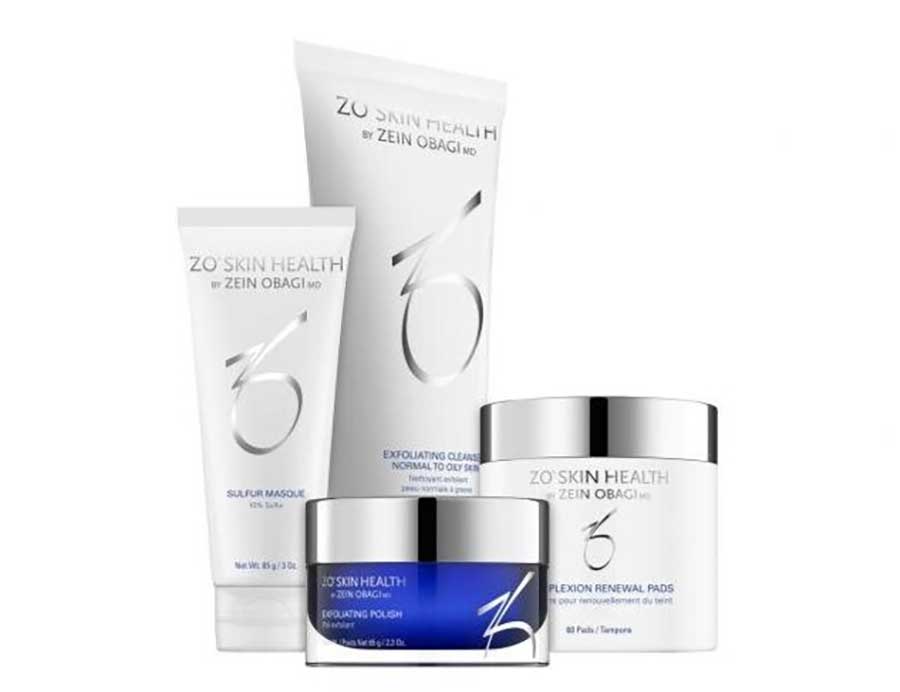
Acne Control.
When skin doesn’t exfoliate as it should, dead cells build up on the skin’s surface and inside the pores. The dead skin cells then mix with trapped oil and the pores become clogged, resulting in blackheads and whiteheads.
The ZO Complexion Clearing Program features essential ingredients to help slow sebum activity and break down surface oils, while exfoliating dead skin cells to help repair surface damage, tighten pores and improve skin texture.
Acne

ACNE (Acne Vulgaris)
Is a long-term skin condition that occurs when dead skin cells & oil clog hair follicles. Typical features of the condition include blackheads, or whiteheads, pimples, oily skin, and possible scarring. It primarily affects skin with a relatively high number of oil glands, including the face, upper part of the chest, and the back.
Susceptibility to acne is primarily genetic in 80% of cases. The roles diet & cigarette smoking in the condition are unclear, & neither cleanliness nor exposure to sunlight appear to play a part. In both sexes, hormones called androgens appear to be part of the underlying mechanism by causing increased production of Sebum. Another common factor is the excessive growth of the bacterium Cutibacterium acnes, which is present on the skin. Possible secondary contributors include hormones, infections, diet & stress.
Our qualified staff offers professional, hygienic & gentle laser hair removal and waxing for the face and body.
HORMONAL ACNE
At its core, all acne can be described as hormonal. That’s because breakouts and blemishes happen when your body, over produces certain hormones that increase the production of sebum, an oily substance that your body needs to keep skin & hair moist.
Regular sebum production is key to healthy, smooth skin, but when hormones cause your sebaceous glands to produce more than normal, the excess sebum can clog the pores & hair follicles & lead to acne.
Androgens are a group of hormones that are present in both men & women. The primary androgens are testosterone and androstenedione. Androgens are key contributors to your strength, energy levels & fitness, as well as sebum production. Regardless to gender, testosterone is the most common reason why hormonal acne occurs. It’s quite common for this increase in androgens to happen around menstrual cycles for women.
PCOS and ACNE
Polysystic ovary syndrome (PCOS) is a fairly, common condition, affecting up to 221% of Australian women. It’s a hormonal disorder in women of childbearing age that can affect hormone levels and fertility.
One of the key features of PCOS is high levels of androgens in a women’s body that can often be linked to hormonal acne. Some women with PCOS do not have hormonal abnormalities or acne problems & do not have problems with fertility.
For women, menopause is a natural part of life, and comes with a reduction in your body’s production of estrogen and other female reproductive hormones. For some women, these fluctuations can lead to an increase in hormonal acne breakouts. That’s because your balance of androgens to estrogenic hormones has changed.
Fungal acne is spots caused by Malasseziz (formerly known as Pityrosporum) Malassezia are yeast that are naturally found on everyone’s skin.
Malassezia yeasts can grow in hair follicles, and cause inflammation of hair follicles. This causes spots to develop, and this is referred to as fungal acne. Spots may have a whitehead of pus, just the same as in acne.
The medical name for fungal acne is Malassezia folliculitis. Folliculitis means inflammation of hair follicles.
In fungal acne, the spots are red bumps (papules) or pustules (whiteheads) of similar size. They occur in waves and can be very itchy – much more so than acne spots.
Fungal acne can occur anywhere on the body, but common locations are:
Forehead, temples, and frontal hair lines
Upper chest
Upper & mid-back
It is not always straight forward though as fungal acne can be present at the same time as acne. Fungal acne may also cause closed comedones especially on the forehead.
Gut Health
How The Gut Works & How It Affects the Body
It’s never been more important to have a healthy gut. It can affect everything from
your immune system, to breathing, circulation, and even mental health! How it works is really complicated however. So, to make things easy we set our naturopath the challenge of simplifying it as much as possible.
Want to know how your gut works? Here is EVERYTHING you need to understand how it works, and how it affects your body.
How does the gut work?
1. It Digests Your Food.
Once food enters your mouth, it starts the process of digestion through your saliva,
stomach acid, bile, and digestive enzymes. This breaks the food down to free the
nutrients that your body uses to function.
2. It Absorbs Nutrients into Your Body.
Your gut is your body’s nutritional gatekeeper that selects what to absorb from the
outside world. It selectively chooses to absorb nutrients from your food and rejects the toxins, old hormones, and bad things your body doesn’t want.
3. It Houses Your Gut Microbiome.
The gut microbiome is made up of bacteria and plays a fundamental role in your
overall gut health. It not only influences how your gut feels, how well it gets rid of
waste and absorbs specific nutrients, it also detoxifies your body from hormones and toxins, supports a healthy immune system, influences your mood, and encourages healthy weight maintenance (to name a few).
4. It Dumps the Toxic Waste That Your Body Doesn’t Need.
All the old hormones, waste, toxins, and other things your body doesn’t require
anymore, need a safe way out of your body. The gut plays a critical role in removing
all the toxic waste effectively, and safely.

Collagen
The hero ingredient and buzzword in skincare and supplements
Collagen has become a real hero ingredient and buzzword in skincare and supplements. Most of us have probably heard that from our twenties our natural collagen production declines (not a fun fact) so herein lies the key question/s – how do you get more? How do you maintain what you’ve got left? Do you need to drink it? Pop it in a pill? Lather it on? Isn’t collagen just protein? You wouldn’t be the only one that is a tad confused on the topic…
First up, what is collagen?
The most abundant protein in the body, collagen gives the skin structure, strength and elasticity. Collagen is found all over the body, not just in your skin, it’s in your connective tissue, skeleton, eyes, blood vessels and more. It’s the glue that holds our whole bodies together. (literally the word Collagen is derived from the greek word Kolla which means glue, science is cool like that)
I imagine most of you are reading along because you are concerned about collagen and how it relates to your skin. 40% of our total body collagen is contained within our skin, in particular the dermis which is the second layer of skin (top layer is the epidermis which contains mostly keratinocytes) and it’s the collagen in this layer that gives our skin its structure and suppleness. As we age and collagen production decreases, our collagen also gets less flexible/ supple which is where we start to see more stubborn wrinkles (we might also start to feel this internally as joints stiffen etc … fun times)
Collagen is a type of protein, made up of amino acids.
If you are feeding your body the right combination of nutrients then it can maintain your body inside to out, which means as we age and natural collagen production declines, the body prioritises the collagen we do make for more internalised functions so we need to be consuming more protein as we age, and go through key life stages such as pregnancy, postpartum and menopause, which makes a clear case for supplementing collagen on top of a protein rich diet.
So what’s the best way to improve your collagen for skin health?
Dermatologists and health care practitioners recommend that ingestible collagen and protein is the most effective option for supporting skin, slowing signs of ageing and promoting repair. Technology to support the topical application of collagen hasn’t led to effective results yet, so while we can layer on co-factor ingredients through our skin care such as Vitamin C, zinc and copper which can be absorbed through our skin or consumed through food to ensure we are able to synthesise collagen to effective levels.
It’s also super important to manage your UV exposure, blood glucose levels, alcohol and cigarette exposure as these are well known for their negative effects on collagen production.
To improve your body’s collagen production you need to focus on the following:
1. Eating enough protein
2. Good Quality Collagen
Not all collagen and protein supplements are created equal. Collagen is great for overall well-being. It is found in tendons, ligaments, bones, tissues and organs. So, you may experience support for your joints, bones, gut, eyes, and more.
Benefits – Can reduce the appearance of fine lines and wrinkles, improve skin moisture, elasticity, tone, and texture. Can help protect against the damaging effects of oxidative stress, can increases collagen density and combat collagen breakdown to help maintain firmness.
Supports healthy, youthful – looking skin, hair, and nails. Hydrolysed Collagen for Bioavaiabilty.
3. Best Collagen-Rich Foods
1. Bone Broth
Made by simmering the bones, tendons, ligaments and skin over a period of several days, bone broth is a great source of collagen, along with several important amino acids. Bone broth is also available in powder, bar or even capsule form for an easy collagen food supplement to add to your routine.
2. Spirulina
This type of algae is a great plant-based source of amino acids like glycine, which is a key component of collagen. Spirulina can be found in dried form at most health food stores and makes a great addition to green smoothies, desserts or juices.
3. Cod Fish
Like most other types of white fish, cod fish is jam-packed with amino acids, such as glycine and proline. It’s also high in essential nutrients, such as selenium, vitamin B6 and phosphorus.
4. Eggs
Eggs and egg whites, in particular, are some of the top collagen foods thanks to their content of the amino acids that make up collagen, including glycine and proline. Using the whole egg instead of just the egg whites can also supply a steady stream of healthy fats and high-quality protein.
5. Gelatin
Gelatin is a type of protein derived from collagen, which is why it’s considered one of the top collagen-rich foods available. Gelatin can be used in cooking and mixed into soups, stews or broths to bump up the nutritional value of your meal. Gelatin supplements are also widely available in sheet, granule or powder form. The internet is bursting with easy recipe options for using gelatin.
4. Top Collagen-Building Foods
In addition to eating a good variety of foods with collagen, you can also boost collagen production by incorporating a few key collagen-producing foods in your diet. These include: Leafy Green Vegetables, Pumpkin Seeds, Strawberries, Citrus Fruits and garlic are rich in a variety of micronutrients that contribute to collagen synthesis so work them into your meals and snacks where possible.
Our pick
WELLNESS
Life Vantage True Science Liquid Collagen
(Contains 10 types of naturally derived collagen peptides)
(I, 11, V, VIII, IX, X, XI, XVII, XVIII, XXVIII)
SANAME – Superbone Broth
Broad Spectrum, Bioactive, Bioavailable. The way Bonebroths are meant to taste & feel.
https://saname.com/littletranquillity
SKIN CARE
ZO Daily Power Defence
ZO Wrinkle Texture Repair
ZO Growth Factor Serum
ZO Intense Eye Crème
ZO Growth Factor Serum
BODY
Voesh New York Collagen Hand Glove & Foot Sock
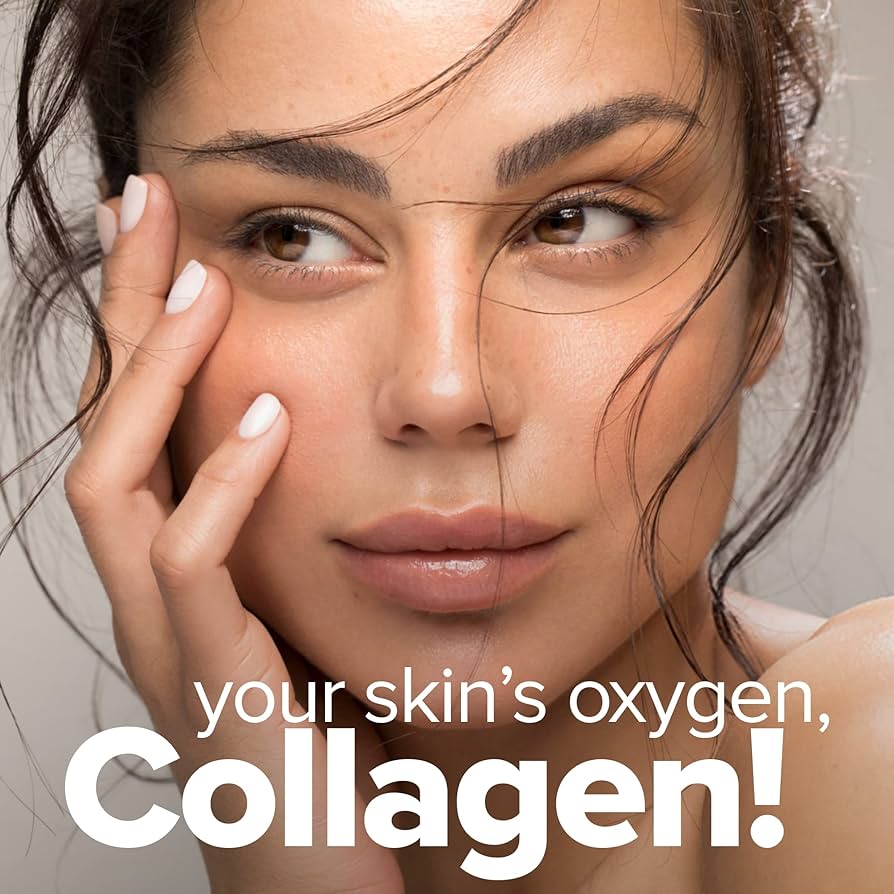
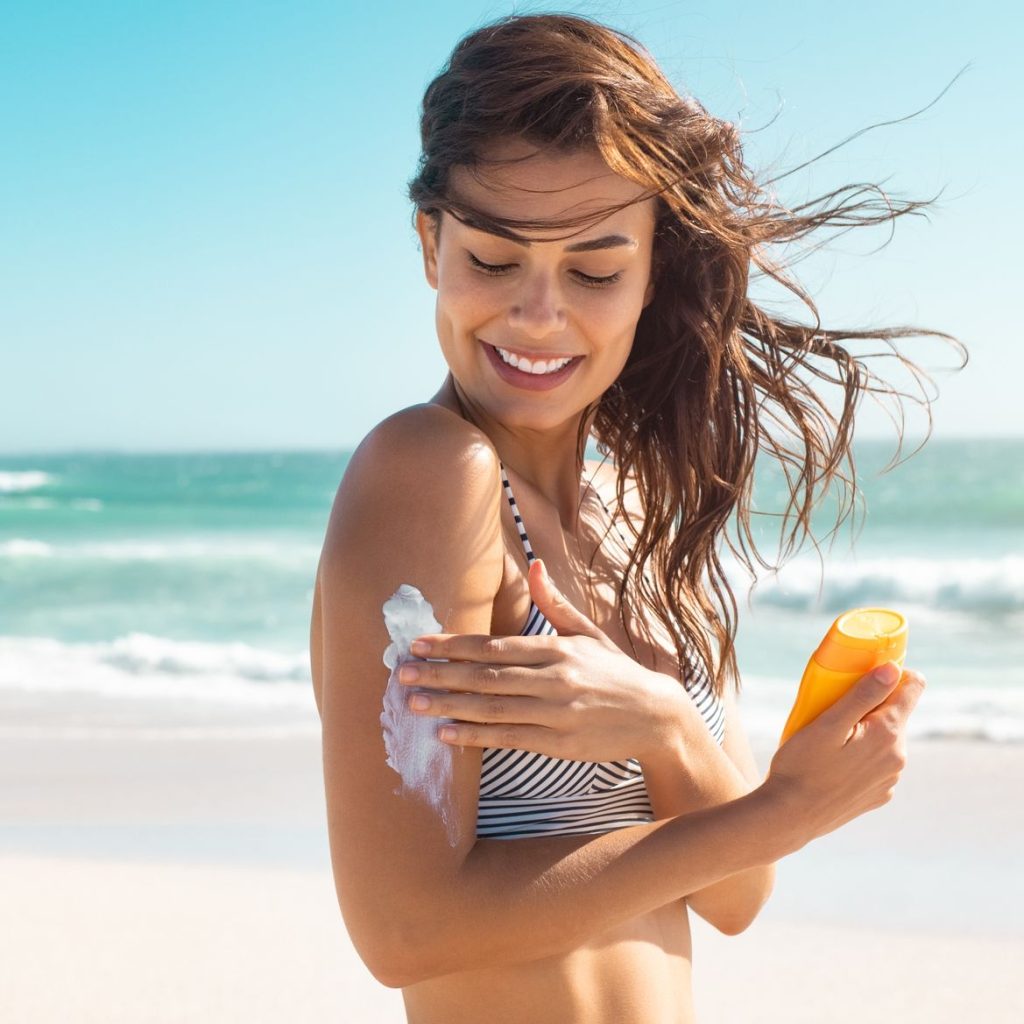
Sunscreen
SPF Guide & Broad-spectrum
In terms of SPF numbers, we always recommend that you use a minimum of SPF 30 in the Australian sun. A good cheat sheet is the following: SPF 15 blocks 93% of UVB rays, SPF 30 blocks 97% of UVB rays, and SPF 50 blocks 98% of UVB rays. It’s important to remember a general SPF sunscreen does NOT protect you from the UVA and UV Brays unless it’s labelled as Broad Spectrum. SPF (“Sun Protection Factor”) is only a measure of protection from the sun’s UVB rays.
Physical vs Chemical
The two types of sunscreen (physical and chemical) work similarly; Both absorb UV radiation to protect your skin, but physical sunscreen also reflects UV Lights.
Physical/Mineral
Physical/mineral filters scatter or reflect UV rays, as they sit on the surface of your skin, actively blocking UV rays. They can feel a little heavy on the skin but are perfect for all skin types, including sensitive skin. Physical sunscreens protect the skin in exactly the way their name suggest: they create a physical barrier between your skin and the sun. These products don’t absorb into the skin but remain on the surface.
Physical sunscreens are naturally broad-spectrum, protecting against both UVA and UVB rays.
The two most common physical sunscreen ingredients are titanium dioxide and zinc oxide. Physical sunscreens have come a long way from the thick, white zinc smear we remember as kids, as modern formulations use zinc oxide and titanium dioxide in micronized form to yield a sheerer formula.
Chemical
Chemical sunscreens penetrate the skin and absorb harmful UV rays before they can damage the epidermis.
These products are typically fast absorbing, sheer, and lightweight. Un fortunately, chemical sunscreens may cause sensitivity and irritation.
Chemical sunscreens such as avobenzone and homosalate essentially soak up UVA and UVB rays like a sponge. But a single chemical is generally not enough to protect against both types of harmful rays.
Compound formulas are more likely to provide effective broad-spectrum protection but it’s important to note that because chemical sunscreens are often present in combinations of three or four in one product, they’re more likely to cause sensitivity than physical sunscreens. Also important to note that some ingredients in some chemical sunscreen formulations have been found to be endocrine disruptors, which means they interfere with hormones, damaging to the thyroid and can cause allergic skin reactions.
Vitamin D and Sunscreen
You can get adequate amounts of Vitamin D through your diet and just about 5-10 minutes in the sun each day while wearing sunscreen. The Skin Cancer Foundation confirms that “clinical studies have never found that everyday sunscreen use, leads to vitamin D insufficiency” In fact, they’ve found the opposite:
“The prevailing studies show that people who use sunscreen daily can maintain their vitamin D levels.” If your vitamin D levels are still low, you can speak to a naturopath about starting a supplement, but don’t skimp on sunscreen.
Sunscreen 7 Breakouts
Finding the right sunscreen to suit your skin can take some trial & error, due to the wide range in formulations. If you think your current sunscreen is causing congestion or breakouts, your best opting for a physical sunscreen or one that’s specifically formulated for break-out prone skin. We recommend a physical mineral sunscreen for sensitive skin types.
Friendly advice – one of the keys to a healthier skin that ages well is sunscreen
For anyone under 30, sun protection is the absolute best anti-ageing product you can use. After 30, sunscreen should remain a lifelong habit to slow ageing and prevent sun damage.
OUR PICK
Zo Skin Health Sunscreen + Primer SPF 15
Product Info
This duel-action sunscreen, with ZOX12R complex, protects against the damaging effects from UVA/UBB and IR-A rays, and from HEV light. Hydrates and doubles as a make-up primer for a smooth matte finish, diminishing skin imperfections.
Benefits
*Exclusive 12- hour, time releaseZOX12r antioxidant complex, guards against photodamage.
*Provides daily multi-defense protection from UVA, UVB and high-energy visible (HEV) light.
*Can be used alone or worn under make-up for a more even, long-lasting application.
*Helps to smooth the skin and diminish the appearance of fine lines.
Fleur De Mer SPF 50 Foundation Creme
2 Products in one provides very affordable and beautiful foundation creme with excellent coverage, a perfect matt finish and no oily texture and with a built in SPF 50 protection sunscreen.
Foundation crème which provide more than 50 times your normal sunburn protection. They contain Broad Spectrum properties to filter out both UVA and UVB sun’s rays.
You are going to instantly look good when you choose from the 3 tinted, delightfully soft, sheer foundation cremes which conceal blemishes, pores and lines and transform your face with a healthy glow.
A clear, creamy untinted lotion is also available with Vitamin E.
Fleur de mer Light
Fleur de mer Soft Medium
Fleur de mer Medium
Exfoliation
The meaning of Exfoliation
“The process of removing dead skin cells from the surface of the skin, in order to improve the appearance.”
3 Types of Exfoliation
1. Physical Exfoliation
3. Mechanical Exfoliation
NON-Exfoliation
Can result in the development of “undergrowth” without regular exfoliation. This is comprised of not only dead skin cells but also trapped dirt & oil, which can lead to ingrown hairs. This can be particularly troublesome for those who produce more oil than average.
Exfoliating
Exfoliating your skin aids in the production of collagen & elastin. YES! you read it right. Exfoliating will help your body produce more collagen & elastin, keeping your skin extra plump & ready to bounce back. This makes exfoliating a great way to slow down or even help to delay the appearance of wrinkles.
Did you know that a baby’s skin replenishes itself completely every 14 days! But by the age of 20 an adult takes a full 29 days to replenish. With all that extra time, skin cells have a chance to dry out & lose luster resulting in dull lifeless appearance – unless you jump-start the skin renewal process by exfoliating.
OUR PICK
Face
Zo Skin Health Exfoliating Polish
Benefits
Instantly smooths skin
Gently dissolves oil & removes dulling/clogging skin cells
Replenishes hydration & healthy lipids
Brightens skin
Magnesium cystals exfoliate dead skin cells to create smooth & even toned complexion
Key Ingredients
Ultra-fine magnesium oxide crystals
Melaleuca alternifolia (tea tree leaf oil)
Glycerin, caprylic/caparie triglyceride
Tetrahexy ldecyl ascorbate
Body
Pure Fiji Sugar Rub
Benefits
This two-in -one exfoliating product is excellent for all over body use. Fresh sugar cane crystals manually exfoliate while naturally occurring alpha hydroxis gently buff away ageing skin cells. The deep moisturizing blend of oils nourish, moisturize skin leaving it glowingly healthy. High antioxidants, vitamin A.B.C.E, Omega 3,6,7 and 9.
Key Ingredients
Cold pressed virgin coconut oil and dilo, macadamia and sikeci nut oil, raw sugarcane.
Infusions Available
Coconut, Mango, starfruit, Guava, Coconut Milk & honey, Orange Blossom, White Gingerlilly, Coconut Lime Blossom
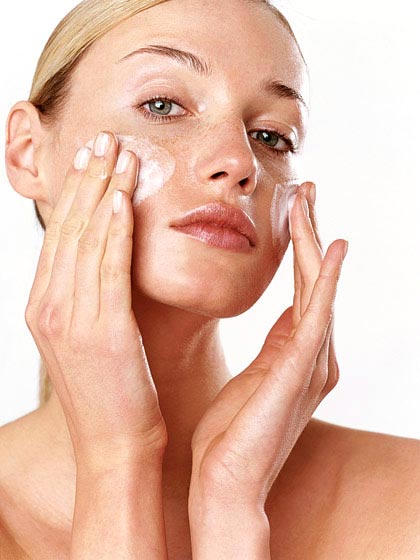

Cell Well-being
Is your body
Nutritionally
Balanced
For Life?
REINFORCE YOUR
WELLBEING &
IMMUNE SYSTEM
Is your body sufficiently prepared
to resist environmental impacts?
A personalized epigenetic report can reveal
More of what your body really needs!
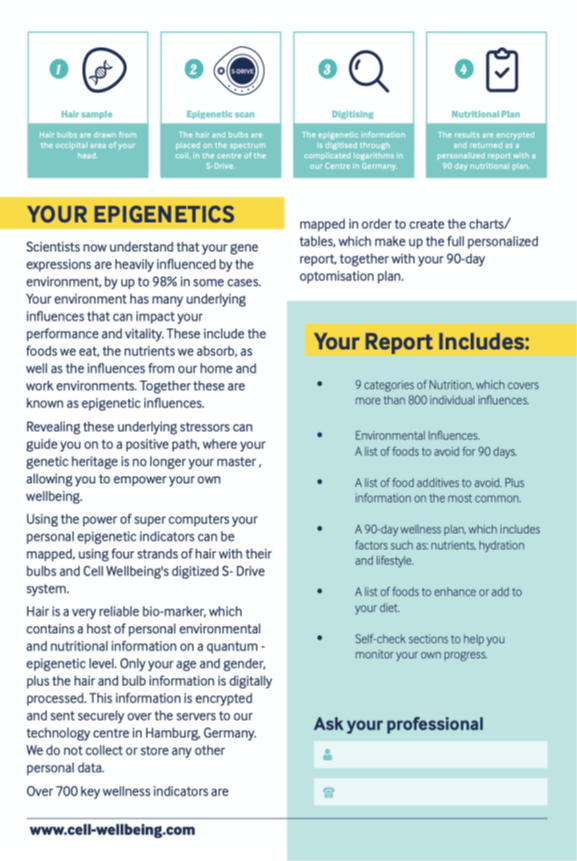
Redness and Rosacea
What is Rosacea and why does it occur?
Rosacea is a chronic condition in which skin is overly sensitive, often with visible blood vessels and raised bumps on the face and it usually means tiptoeing around anything that may trigger a flare-up.
Finding the right skincare routine (as well as managing lifestyle & environmental factors) can mean a lot of trial & error.
Rosacea is an inflammatory and immune-response related condition of the skin that can be caused by various triggers. These triggers are often a combination of lifestyle and environmental factors that provoke inflammatory signals to the skin tissues and dilate the capillaries causing redness. Common triggers include stress, extreme temperatures, spicy foods, fragrance, alcohol in skin care and alcoholic drinks. Even hot showers can worsen symptoms. Constant rubbing and friction (frequent mask wearing) can cause flare ups.
Both the innate and adaptive immune system are involved in the development of rosacea at a very early stage. It seems that a compromised immune system triggers an inflammatory response inappropriately which can create patterns in the body and present more chronic symptoms over time.
When trying to resolve Rosacea it is essential to pay attention to what your triggers are and when your symptoms are heightened.
Internal factors include diet, organ function, histamine levels, internal heat and emotional stress. This is where naturopathic support is highly beneficial to rosacea sufferers.
Stress has more than just emotional and mental effects, it causes biochemical reactions, most notably increased cortisol, which is our stress hormone and is actually inflammatory and impacts the skins’ ability to heal & repair. Continually elevated cortisol levels break down elastin & collagen, resulting in impaired skin barrier function.
OUR PICK
For assistance with acne prevention, these oil control pads are formulated with2% salicylic acid to help clear acne, minimize surface oil & reduce the appearance of pores.
Daily Power Defence
Designed to assist in diminishing lines & wrinkles, and address future damage, this antioxidant serum was designed to support the skin’s natural DNA repair process + help restore barrier function & skin health.
ROZATROL
Assists with calming red, sensitized skin, this serum, with ZO-RRs2 complex, assists in reducing surface oil, so as to normalize skin and exfoliates to prevent signs of ageing.
PRIMER+SUNSCREEN BROAD-SPECTRUM SPF15
Provides UVA/UVB, HEV and 1R-A protection. Offers firming peptide. Doubles as a make-up primer with a universal tint.


RETINOLS/RETINOIDS
For those who are well versed in the benefits of Vitamin A (retinoids/retinol), they tend to use it daily and sing its praises loudly! For those who don’t yet know where to start with Vitamin A, the world of skincare actives can be a tad overwhelming. We get it… but that’s what we’re here for, to cut through the noise and give you ‘easy to integrate’ advice and the products that deliver results.
So let’s go back to basics… What are retinoids/retinols? How do they work?
What are 3 forms of retinoids?
Retinol, retinyl palmitate and retinoic acid are all types of retinoids.
Retinoids are the group of vitamin A derivatives that have been proven, study after study, to unclog pores, stimulate collagen production and improve collagen density. The active ingredient that repairs photoaging and alleviates acne is retinoic acid.
When retinol is applied to the skin, it undergoes two conversions. First, it is converted to retinaldehyde and then to retinoic acid. Your skin is only able to use retinoids that are—or can be converted to—retinoic acid, because retinoic acid works by binding to retinoic acid receptors found on the outer membrane of cells.
On the acne-fighting front, it penetrates the sebaceous glands and reduces sebum (read: natural skin oils that can be in overdrive in acne prone skin) production by binding to sebocyte receptors. Its anti-inflammatory effects keep acne in check.
Vitamin A in skincare can be naturally derived or it can be a synthetic form procured in a lab, and depending on your skin type and skincare philosophy, both have their benefits.
Natural Vitamin A
EPIDERMS
Restores the water, lipid & protein balance. Restoring barrier function & reversing sensitivity
Induces superficial exfoliation by desquamation to promote cell turnover and improve overall skin texture
Improves a healthy keratinocyte maturation cycle by stimulating basal cell mitosis
Purges existing pigmentation to improve skin tone and complexion
Inhibits melanin by inhibiting the expression of tyrosinase
DERMIS
Stimulates fibroblasts to increase collagen & elastin production, improving skin firmness & elasticity & reducing the appearance of fine lines & wrinkles
Upregulates glycosaminoglycans improving natural hydration
Improves angiogenesis, maximizing the delivery of nutrients & the removal of waste material
Inhibits collagen degradation through suppression of matrix metalloproteinasses
